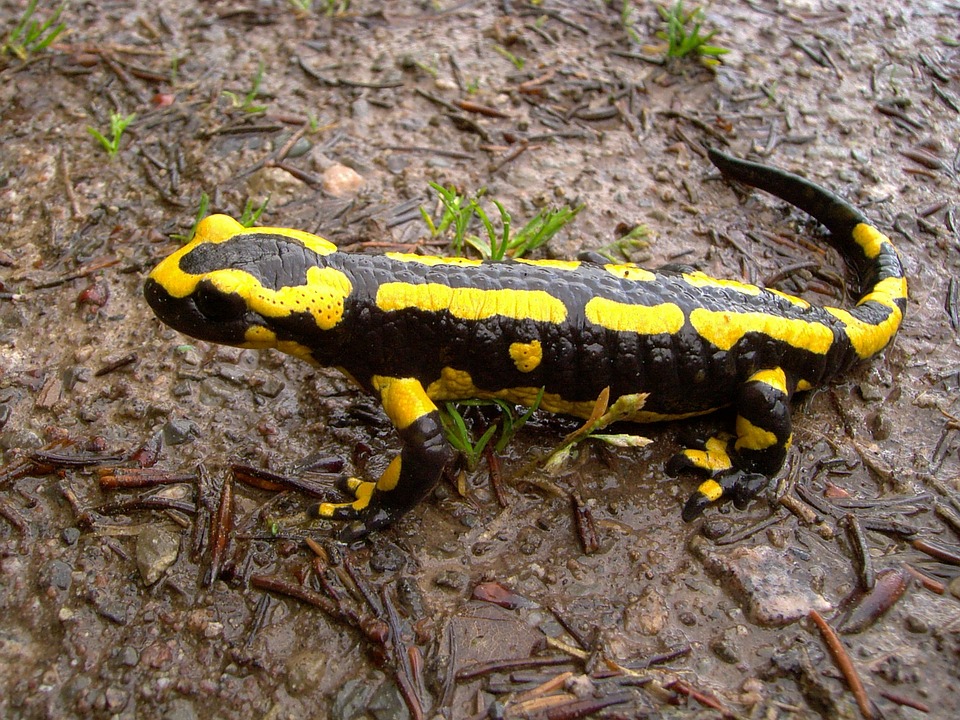The Fascinating World of Salamanders: Uncovering the Secrets of these Slithery Creatures
Salamanders are one of the most diverse and fascinating groups of animals in the animal kingdom. With over 700 species spread across the globe, these reptiles have captivated humans for centuries with their unique appearance, remarkable abilities, and intriguing habits. In this article, we’ll delve into the world of salamanders, exploring their biology, habitats, and behavior, as well as some fascinating facts that will leave you curious about these incredible creatures.
What are Salamanders?
Salamanders are a type of amphibian that belongs to the order Urodela. They are characterized by their slender bodies, long tails, and moist, smooth skin. Unlike frogs, which have a dry, bumpy skin, salamanders have a smooth, slimy skin that helps them to move easily through their aquatic or terrestrial environments.
Habitat and Distribution
Salamanders can be found in a wide range of habitats, from forests to grasslands, and from tropical regions to arctic tundras. They are adapted to live in various environments, including:
- Freshwater streams and rivers
- Ponds and lakes
- Wetlands and marshes
- Forests and grasslands
- Deserts and arctic tundras
Some species of salamanders are specialized to live in specific environments, such as the hellbender, which is found only in the eastern United States, or the Japanese fire belly newt, which is endemic to Japan.
Diet and Behavior
Salamanders are carnivores, feeding on a variety of invertebrates, such as:
- Insects
- Worms
- Snails
- Crustaceans
Some species of salamanders are specialized to feed on specific prey, such as the spotted salamander, which feeds on earthworms.
In terms of behavior, salamanders are generally solitary animals, only coming together to mate. They are also skilled climbers, and some species are able to live on land for extended periods of time.
Fascinating Facts
- Regeneration: Some species of salamanders have the ability to regrow lost limbs, a process that is still not fully understood by scientists.
- Camouflage: Salamanders have evolved unique camouflage strategies, such as changing color or shape, to blend in with their surroundings.
- Underwater Explorers: Some species of salamanders are able to live underwater for extended periods of time, using their gills to breathe.
- Slow-Motion: Salamanders move at a relatively slow pace, with some species moving as little as 1 inch per minute.
- Ancient Species: Some species of salamanders have remained relatively unchanged for millions of years, making them one of the most ancient groups of animals on the planet.
Image: A stunning photograph of a spotted salamander (Ambystoma maculatum) in its natural habitat.
FAQs
Q: Are salamanders endangered?
A: Yes, many species of salamanders are threatened or endangered due to habitat destruction, pollution, and climate change.
Q: Can salamanders be kept as pets?
A: Some species of salamanders can be kept as pets, but it’s essential to research the specific needs and requirements of the species before bringing one home.
Q: Do salamanders have four legs?
A: No, salamanders have four limbs, but they are adapted for crawling and swimming rather than walking.
Q: Can salamanders live in captivity?
A: Yes, many species of salamanders can be kept in captivity, such as in aquariums or terrariums.
Q: Are salamanders related to humans?
A: No, salamanders are a distinct group of animals that are not closely related to humans. They are more closely related to other amphibians, such as frogs and toads.
Conclusion
Salamanders are fascinating creatures that have captured the imagination of humans for centuries. From their unique appearance to their remarkable abilities, there is much to learn and discover about these incredible animals. Whether you’re a scientist, a nature enthusiast, or simply curious about the natural world, salamanders are sure to inspire and captivate you.



